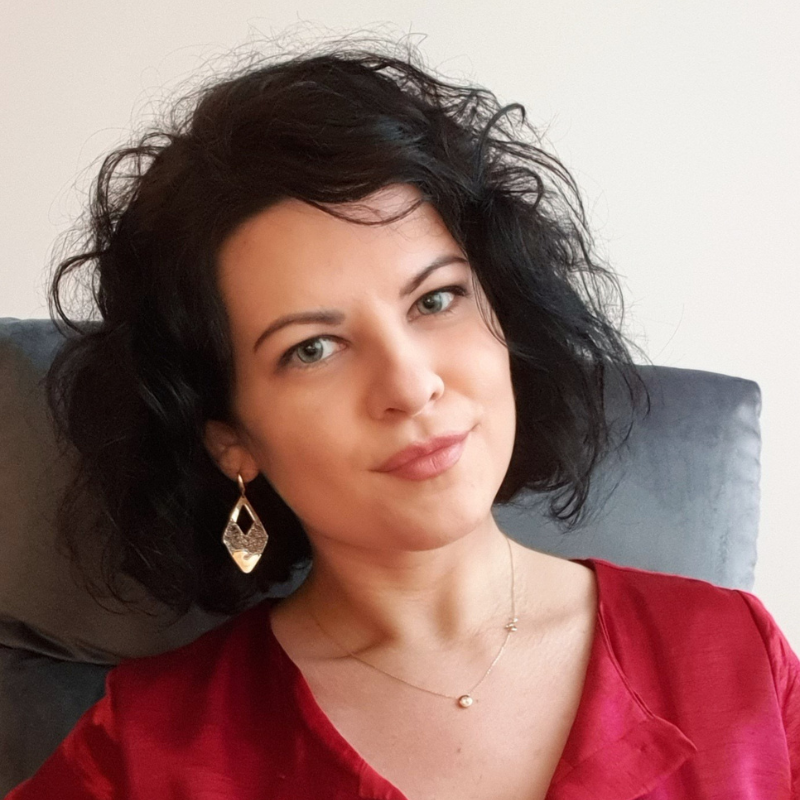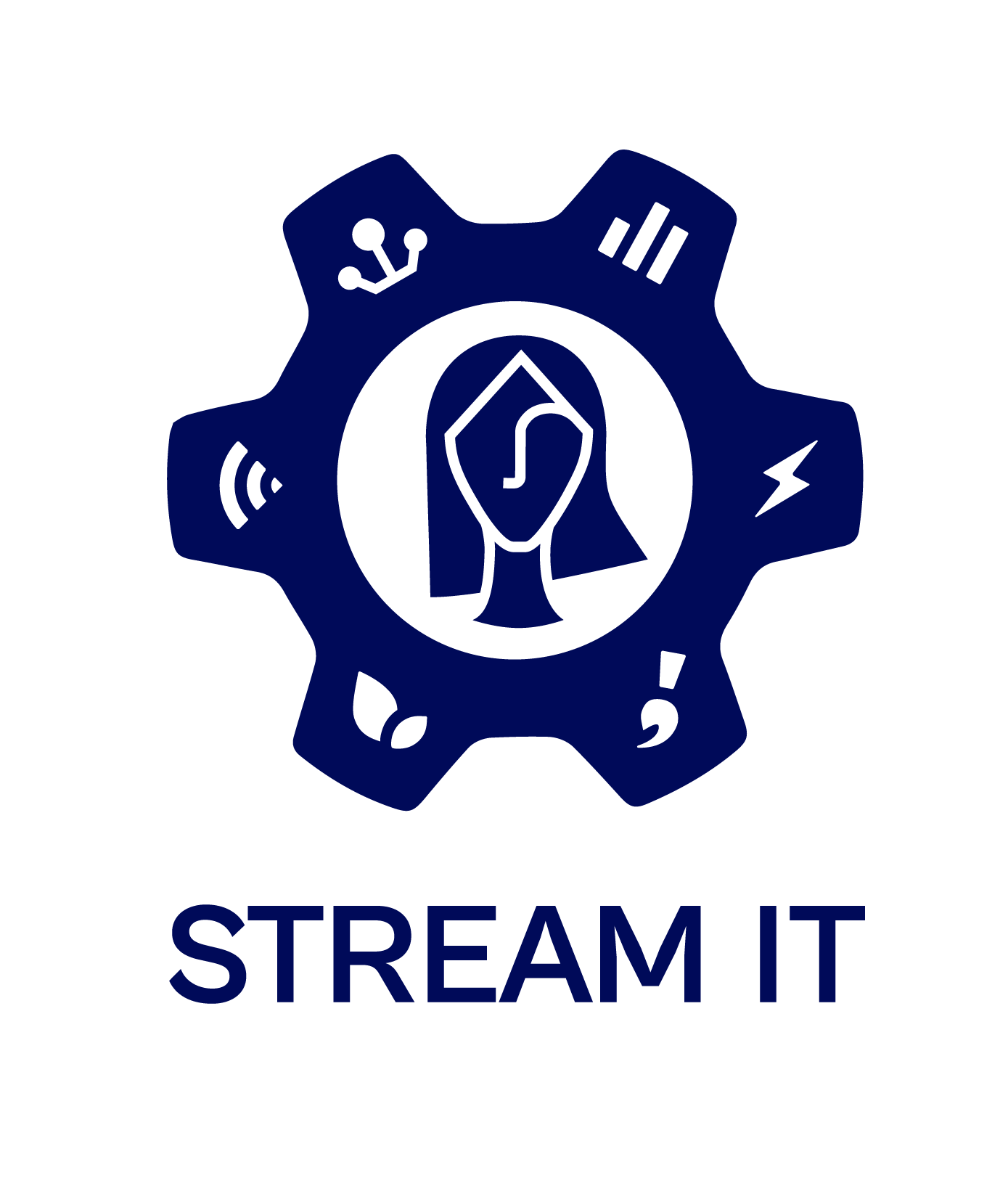STREAM IT is reimagining STEAM education to empower girls and women across Europe by tackling gender bias with data, insight, and action-driven solutions. What if the next Einstein, Curie, or da Vinci is a teenage girl, but the system is stacked against her?
That is the driving question behind STREAM IT, a bold, pan-European initiative aimed at tackling one of education’s most persistent inequalities: the underrepresentation of women and girls in STEAM: Science, Technology, Engineering, Applied Arts, and Mathematics.
While the gender gap in STEAM fields is no secret, real progress remains elusive, disproportionate, and scattered. The problem is not a lack of talent or interest, although that exactly is what some conventional educators or decision-makers would like you to believe, but an intertwined web of institutional barriers, cultural norms, and systemic blind spots. In an attempt to challenge the status quo, from the beginning of our research journey, our mission was not just to diagnose the problem — but to co-create the solutions.
Now, with the completion of Work Package 2 (WP2), the project’s research cornerstone, we are proud to share what we set out to do, what we discovered, and why it matters more than ever.
What We Wanted to Do: A Mission Rooted in Reality
STREAM IT began with a clear vision: to make STEAM fields more accessible, inclusive, and equitable for girls and young women across Europe. But to do that, we first had to answer a crucial question:
What are the real-life experiences of girls and women in STEAM education — and what can institutions do to better support them in nurturing their skills? WP2 was designed as the project’s foundational research phase. It aimed to provide not only a diagnosis of the current state of gender inequality in STEAM, but also the blueprint for targeted, data-driven interventions. To get there, our approach combined three core research tasks:
- Literature Review (Task 2.1): Map what we already know — drawing on over 340 sources — to identify knowledge gaps and inform our methodology.
- Student Interviews (Task 2.2): Center the voices of young women in STEAM, capturing their motivations, obstacles, and strategies for success.
- Expert Interviews (Task 2.3): Engage educational stakeholders to understand how institutions contribute to — and can dismantle — systemic gender barriers.
The ultimate goal? To co-develop a Capitalisation Strategy and a Needs-Based Methodology that would directly inform the project’s tools and interventions — practical resources that empower institutions, educators, and students alike.
What We Found: From Theory to Testimony
Between March and May 2024, STREAM IT’s research team engaged 15 European countries through a mixed-methods approach, with a deep dive into the literature and a concerted effort to interview students and experts. The result was one of the most comprehensive snapshots to date of women’s journeys in(to) STEAM.
Lesson 1: The “Leaky Pipeline” Is Real (and Multidimensional)
Our literature review confirmed a persistent, slow drain of female talent from STEAM fields. Contrary to the myth that girls lose interest at a specific age, our findings show that this leak happens at every stage: from early education to university, and further into professional life.
What drives this leakage? A toxic mix of gender stereotypes, institutional barriers, and social expectations. In particular, traditional views of what STEAM professionals “should look like”, often white, male, and hyper-rational, subtly (and not so subtly) push girls out. But perhaps most importantly, we found that this is not inevitable. With the right interventions at the right moments, the pipeline can be repaired.
Lesson 2: Girls Are Interested, But They are Pushing Against the Current
In 97 interviews with female students in STEAM, spanning all degree levels, a clear picture emerged: these young women are driven by passion, curiosity, and determination. Many cited early influences from family or a standout teacher. Others were drawn by the promise of meaningful, impactful careers.
Yet, even the most motivated students often find themselves isolated. Classrooms dominated by male peers, lack of female role models, and subtle (or overt) discrimination make many women question whether they belong. In short, a common experience looks like this: “It’s not that we don’t want to be here, it’s that the system still often feels like it wasn’t built for us.” Encouragingly, we also found that supportive environments, where mentorship, friendship, and inclusion thrive, dramatically increase retention and satisfaction. When girls feel seen, supported, and safe, they thrive.
Lesson 3: Institutions Are Aware, But Often Underprepared
Our 85 expert interviews across secondary and tertiary education exposed a stark reality: while many institutions want to support gender equality, few have the tools, training, or structures to do so effectively. Educators often unknowingly reinforce gender stereotypes, through curriculum choices, classroom dynamics, or biased expectations. Universities, meanwhile, tend to rely on informal, volunteer-driven efforts rather than systemic policy reforms. Family-unfriendly academic environments and rigid hiring/promotion practices also contribute to high attrition rates among women researchers, especially post-maternity.
Lesson 4: Change Is Possible, and We Know Where to Start
From all three research streams, we distilled seven key intervention areas:
- Start early: Build girls’ STEAM identities from childhood through play, experimentation, and leadership.
- Train the trainers: Offer educators gender-sensitive training to help dismantle unconscious bias.
- Make it real: Use hands-on, real-world learning to make STEAM engaging and relevant.
- Shine a light: Promote visible, relatable role models across STEAM disciplines. Be as inclusive as possible and consider all vulnerable identities of women, not just gender.
- Lower the cost: Tackle financial barriers to participation, especially for underrepresented groups.
- Build community: Involve parents, peers, and mentors in creating a support network.
- Institutionalise support: Move from ad-hoc efforts to permanent policies and structures.
What We Learned: From Listening to Leading
STREAM IT did not just seek to gather data, we wanted to transform it into action. That is where our Co-Creation Working Lab (CWL) came in. This iterative, inclusive process brought and will further bring together educators, researchers, students, and policy experts in dynamic workshops. Together, we examine our findings, brainstorm solutions, and test early versions of the tools STREAM IT would launch in the next phase.
The key lesson? Real change comes from collaboration and from centering the voices of those most affected. WP2 confirmed that there is no silver bullet for gender equity in STEAM. But by combining grassroots insight with institutional strategy, we can build an ecosystem where every girl has a fair shot at success. These project outputs won’t just sit on a shelf. They will be tested, refined, and distributed across our partner countries, with the aim of embedding gender equity into the DNA of STEAM education across Europe.
Why? Because this is not just about fixing a pipeline. It is about building a new one, one that is flexible, inclusive, and fit for the future, for the future of education, of work, and of society overall.
Final Thoughts: A Movement, Not Just a Project
STREAM IT began with a question; but it is ending this phase with a clear purpose. We now know more than ever about how and why girls are pushed out of STEAM and, just as importantly, how we can bring them back in. This is more than research. It is a call to action.
It is time to break down the walls that keep too many brilliant minds on the sidelines. To reimagine classrooms, labs, and learning environments where everyone, regardless of gender, feels seen, heard, and valued. Where everyone has a space to express and consolidate their voice and contribute to a better future. Because the future of innovation should not be limited by outdated norms or invisible barriers. It should be bold, diverse, and powered by every curious mind ready to take part.
Follow the STREAM IT journey with its upcoming events and activities, and help build a world where every girl can dream in code, formulae, circuits, or creativity. A world where every girl can see herself as the solitary genius Marie Curie, the world-record-breaking Dame Ellen MacArthur, visionary Ada Lovelace, or the upcoming Chief Innovation & Prospective Officer at L’Oreal, Delphine Viguier-Hovasse.
Author

Babeș-Bolyai University
Andreea Voina (PhD) is a lecturer at the Department of Communication, Public Relations, and Advertising at the Babeș-Bolyai University of Cluj-Napoca, Romania. She is a Fulbright alumna at the University of Georgia, USA, and a member of the Communication and Social Innovation Research Center (CoRe). Her research focuses on gender issues, women’s representation in politics and the media, and political communication

